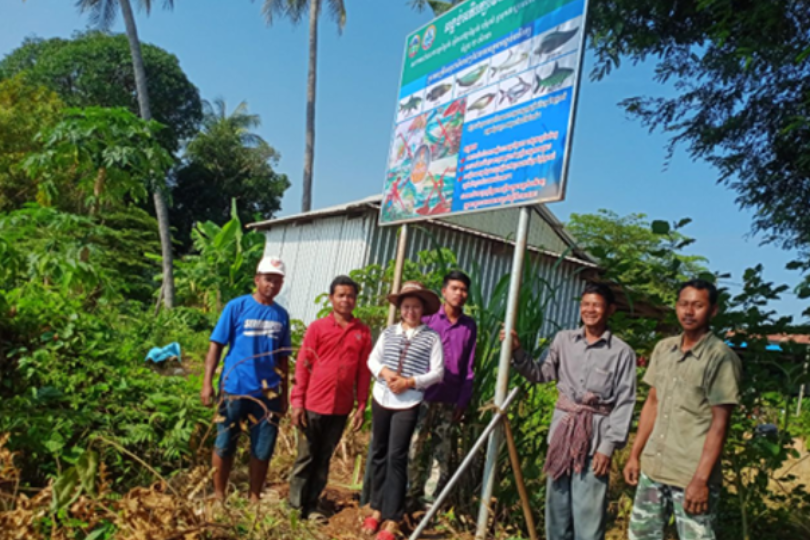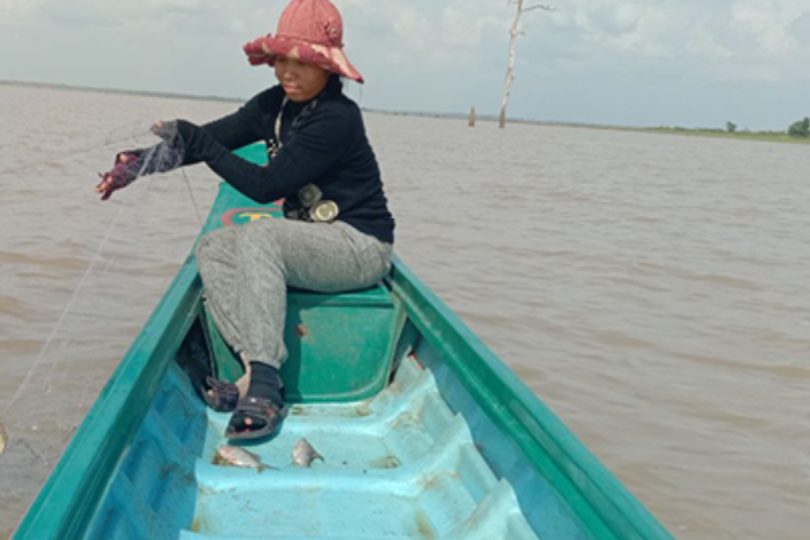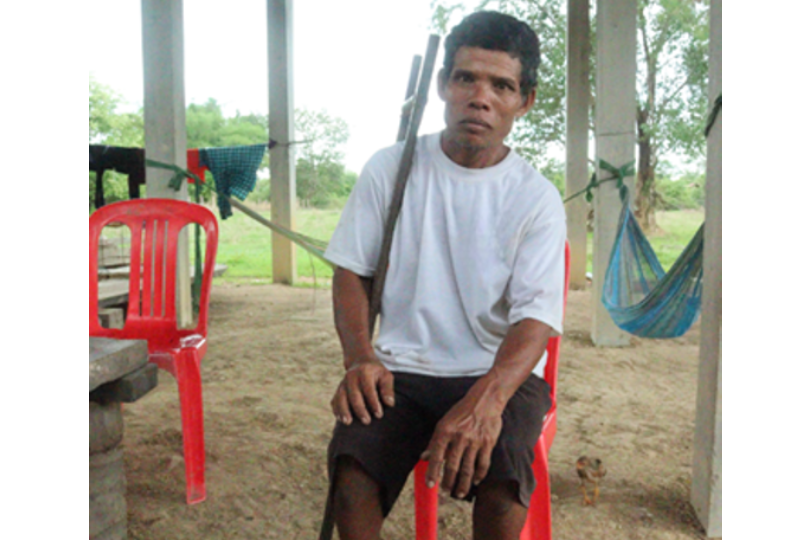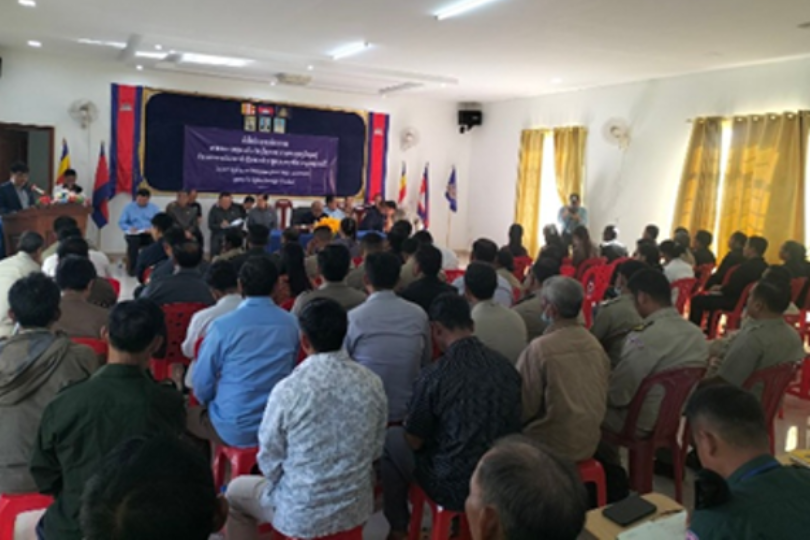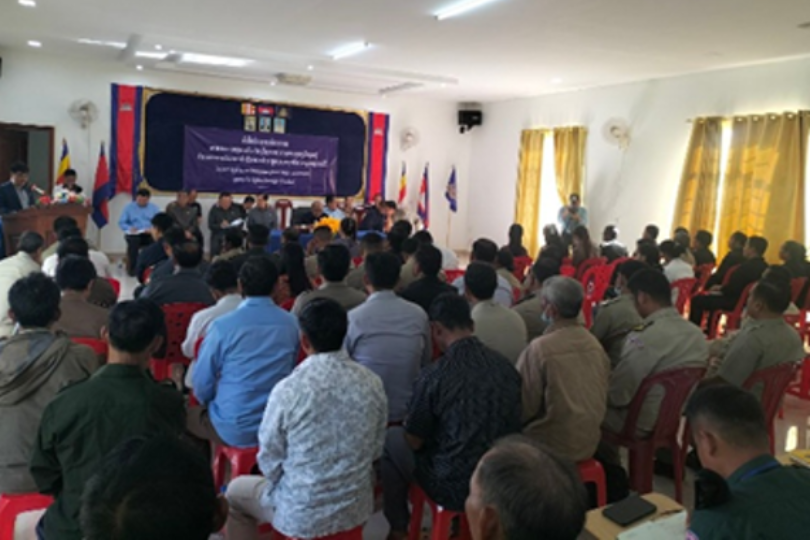In O’Rey village of Thala Borivat District, Stung Treng Province, Mrs. Sen Sovan—once a quiet fisherwoman balancing household responsibilities—has become a prominent leader in community-based fisheries management.
Encouraged by her local Community Fisheries Committee, Mrs. Sovan stepped into a training role, sharing knowledge about integrating fish ecology into local fisheries management. But her path wasn’t easy. Like many women in rural Cambodia, she faced significant barriers—limited formal education, domestic expectations, lack of confidence, and gender-based discrimination.
Support from My Village Organization (MVi) and Oxfam proved transformative. Through capacity-building workshops, forums, and leadership training grounded in fish ecosystem management, Mrs. Sovan gained technical skills and the confidence to lead. She participated in planning signage for protected areas, conducted awareness-raising sessions on ecosystem-based fisheries, and helped coordinate the integration of ecological principles into the community’s fisheries project.
Her efforts extended beyond training. She facilitated community planning meetings to identify equipment needs for conservation, championed women’s participation in resource governance, and mentored younger women to take part in local decision-making processes.
“I urge all women to have courage,” she said. “Even if there’s no income, our voices deserve space in community work. Together, we must care for our fisheries—for sustainability and for our children.”
Today, Mrs. Sen Sovan’s story illustrates how women’s leadership, when nurtured through inclusive support, can reshape natural resource management. Her journey stands as a testament to the power of grassroots action, local wisdom, and gender equity in achieving sustainable development.

